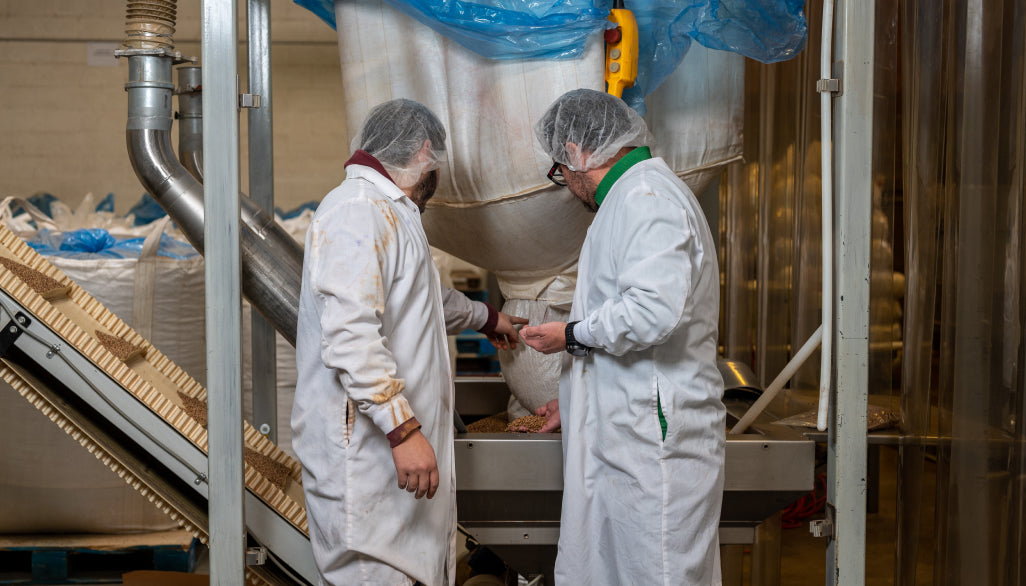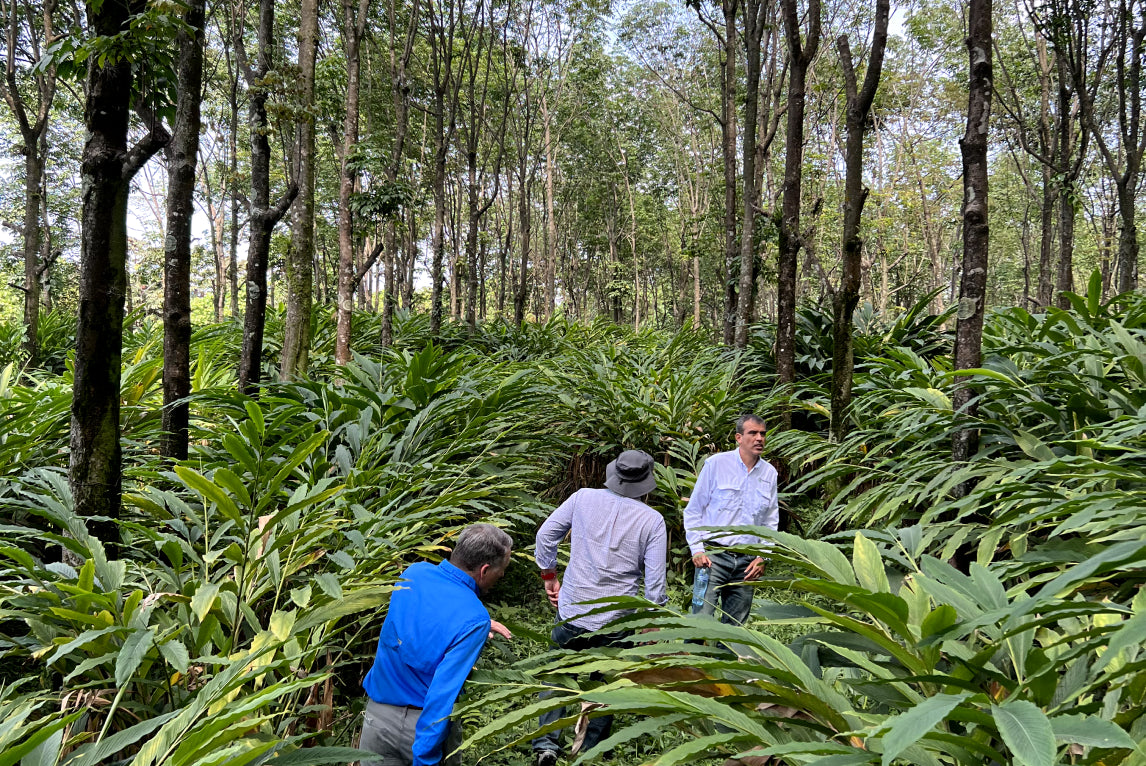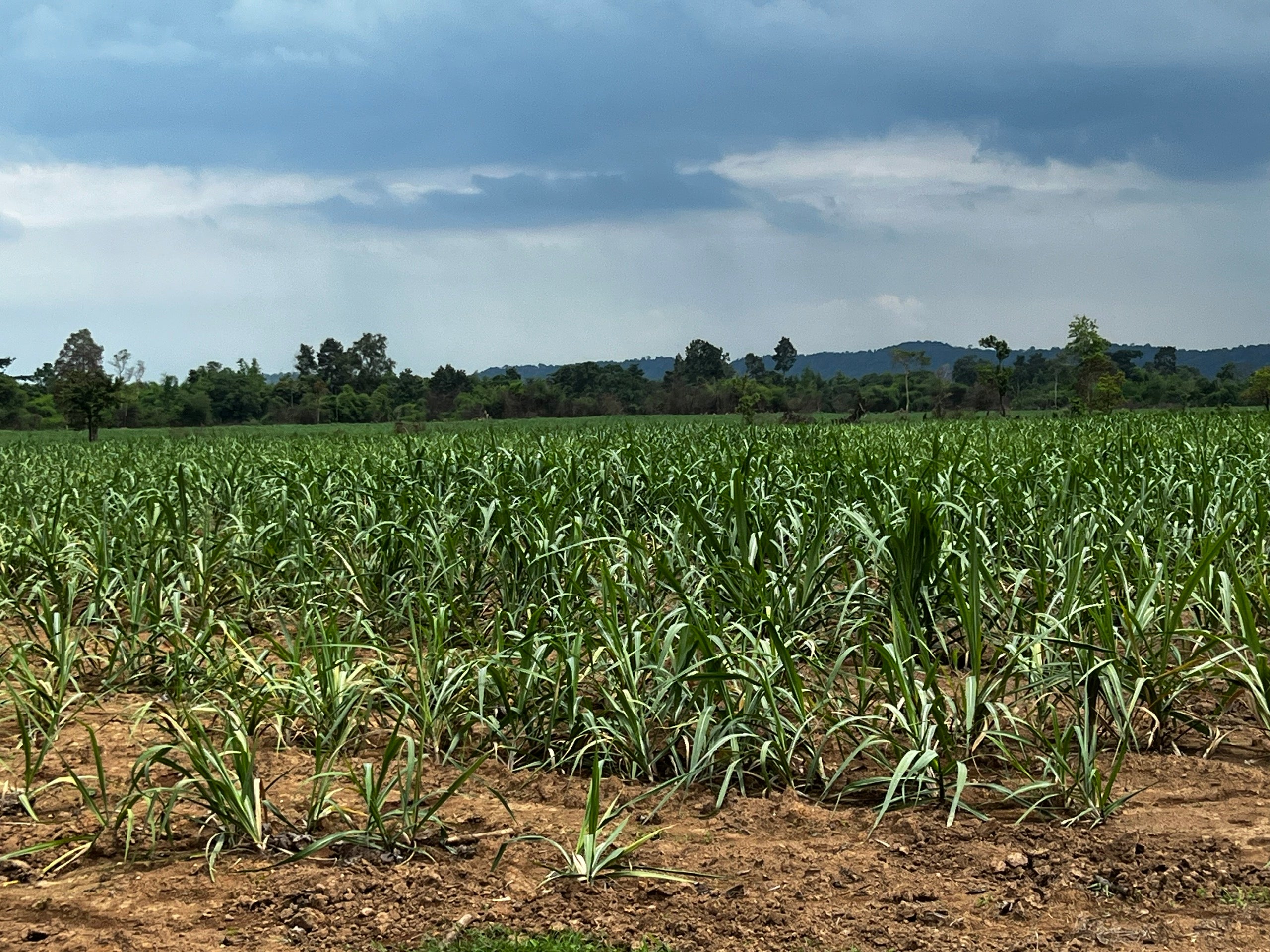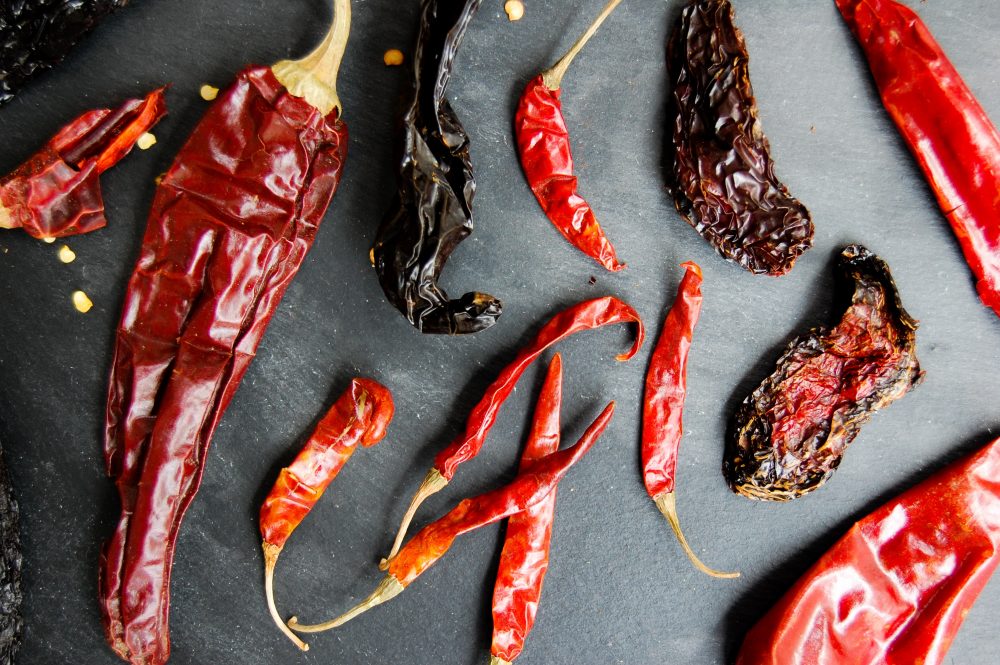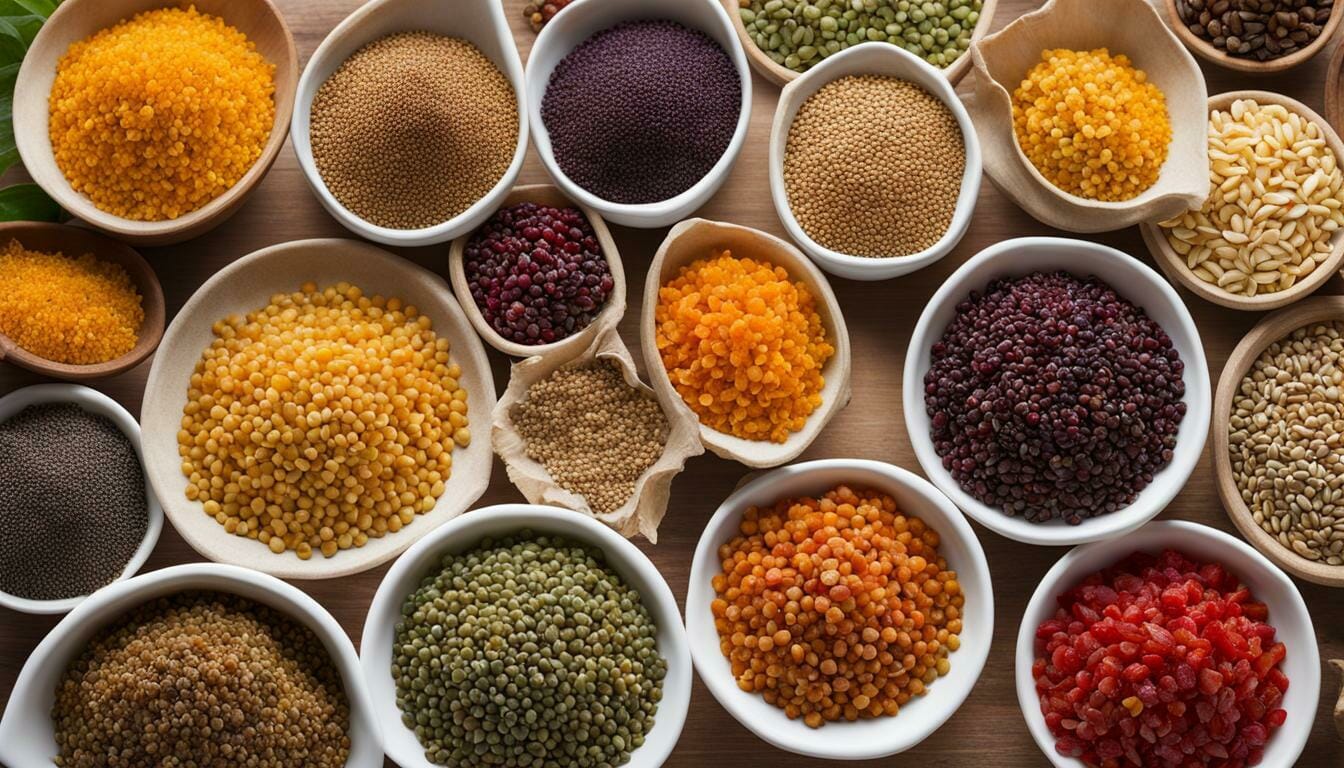Name: Artemisia dracunculus
Origin: Turkey
Aroma: Sweet, Anise-like, Earthy
Flavor: Warm, Slightly Bitter, with Licorice Notes
Our Products: Whole Leaf, Cut & Sift
History:
Tarragon, especially the French and Turkish varieties, has a long-standing relationship with culinary and medicinal traditions. While Artemisia dracunculus is thought to be native to parts of Eurasia, the Turkish variety is especially prized for its robust aroma and clean, licorice-like flavor. Tarragon likely spread through Central Asia and into Europe along ancient trade routes, where it quickly became a staple in herbal medicine and cuisine.

In the Middle Ages, tarragon was grown in monastery gardens across the Middle East and Mediterranean, valued both for its culinary charm and supposed healing properties. Turkish tarragon, less pungent than the Russian variety and more adaptable than French tarragon, has been cultivated for centuries in Anatolia’s fertile regions. Its importance grew as Ottoman cuisine expanded, incorporating fresh herbs like tarragon into both rich meats and vegetable-based dishes.
In modern Turkish households, fresh or dried tarragon is still used in pickling, marinating meats, or flavoring traditional stews. Due to its relatively mild flavor compared to other herbs, it pairs well with yogurt-based sauces and subtle vegetable dishes — a testament to its versatility across Turkish regional cooking.
What makes it special?
Turkish Tarragon is unique is its lineage — while French tarragon became famous in Western cuisine, Turkish tarragon developed its own stronger, more aromatic profile thanks to its growing conditions and cultural uses. Today, it represents both culinary heritage and regional authenticity, connecting modern kitchens to centuries-old Turkish food traditions.

When it is harvested it is carefully dried to preserve essential oils and aroma. These essential oils (especially estragole, the compound that gives tarragon its anise-like taste) are more pronounced which means longer-lasting aroma in dried form and greater potency in cooking. This makes it a more exclusive choice for chefs and manufacturers.
Traditional Uses:
In traditional Anatolian medicine, tarragon was often used to aid digestion and stimulate appetite. It was brewed as a tea to ease bloating and stomach cramps and sometimes used externally as a mild antiseptic wash. Turkish folk remedies also included using tarragon to soothe toothaches and improve sleep.
Tarragon Yogurt Dip:
A fresh, tangy dip perfect for grilled vegetables or bread

Ingredients:
1 cup thick Turkish yogurt (or Greek yogurt)
1 tsp dried Turkish tarragon (or 1 Tbsp fresh, finely chopped)
1 small garlic clove, minced
1 Tbsp extra virgin olive oil
Pinch of salt
Squeeze of lemon juice (optional)
Instructions:
In a bowl, mix yogurt with garlic, tarragon, olive oil, and salt. Add lemon juice for extra brightness if desired. Let sit for 10–15 minutes before serving to allow the flavors to meld. Serve chilled.





